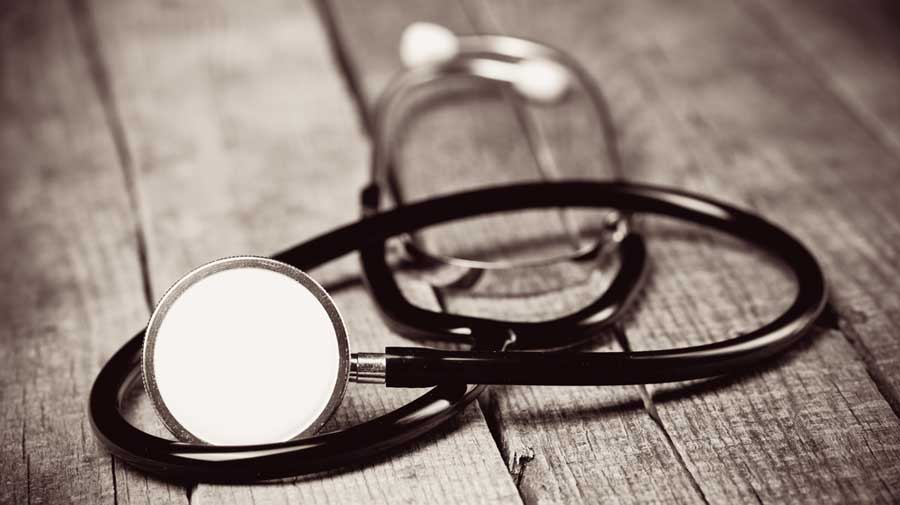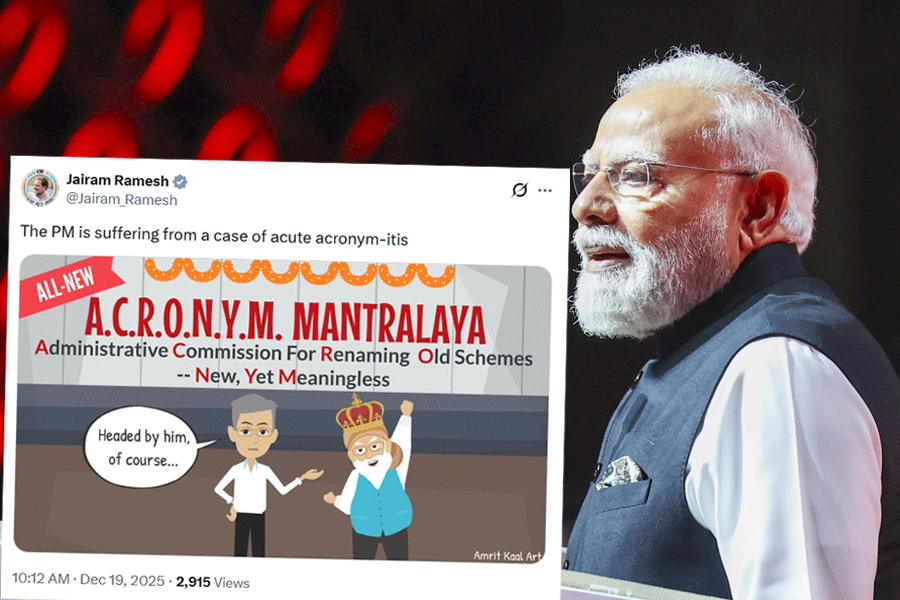Rohan Aggarwal is 26 years old. He doesn’t even complete his medical training until next year. And yet, at one of the best hospitals in India, he is the doctor who must decide who will live and who will die when patients come to him gasping for breath, their family members begging for mercy.
As India’s healthcare system teeters on the verge of collapse during a brutal second wave of the novel coronavirus, Aggarwal makes those decisions during a 27-hour workday that includes a grim overnight shift in charge of the emergency room at his New Delhi hospital.
Everyone at Holy Family Hospital — patients, relatives and staff — knows there aren’t enough beds, not enough oxygen or ventilators to keep everyone who arrives at the hospital’s front gates alive.
“Who to be saved, who not to be saved should be decided by God,” Aggarwal says.
“We are not made for that — we are just humans. But at this point in time, we are being made to do this.”
During his marathon shift, Aggarwal says he fears what will happen if he gets infected too, knowing that his own hospital will be unlikely to find him a bed. He is unvaccinated: He was sick in January when shots for medical professionals were being rolled out.
Morning rounds
When Aggarwal begins his shift around 9am, four bodies lie in one of the areas where staff are supposed to remove their protective equipment.
In the emergency room, conditions are even more cramped. Patients and relatives crowd every available space, many wearing no protection except for a simple cloth mask. Doctors and nurses have stopped wearing full protective equipment too — it is simply too difficult to work in. Trolleys are close enough for patients to touch each other. One man even lies in a storage area surrounded by bins of medical waste, a relative dragging in a new oxygen cylinder as one runs out.
In normal circumstances, Holy Family is one of the best hospitals in the country, attracting patients from across the world — and it still is. But the facility is in a desperate position. The hospital, which has capacity for 275 adults, is currently caring for 385.
Heading the ER (emergency room), with its broken bones and coughs and colds, is usually a relatively simple task, left to a more junior doctor. But the on-duty doctor in the ER is now one of the most critical in the hospital.
Before he begins his turn in the ER, Aggarwal first makes his rounds of the general Covid wards. Along with a senior colleague, he is responsible for 65 patients.
He is minutes into his rounds when he receives an urgent call — one of his patients is sick. He sprints down to Room 323, where an elderly man is barely conscious.
“He is on the way down,” Aggarwal explains to the man’s son. The son sits with his head in his hands while space is made in the ICU. The patient is one of the lucky ones: He’s been admitted to a Covid ward, and thus has access to intensive care.
Like many others in Delhi, Holy Family has taken to Twitter to beg for help securing oxygen. Its medical staff look at everyone, give first aid as best they can, but there just isn’t space for everyone.
Slumped in the back of a car, 62-year-old Vijay Gupta is one patient turned away, his family and friends debating what to do next.
“We have been roaming around since 6am looking for a bed,” says Gupta’s friend Rajkumar Khandelwal. “Where shall we go?” Khandelwal asks the son helplessly.
By the time his morning rounds end after about three hours, Aggarwal’s eyes are already burning from tiredness.
A brief respite
Sumit Ray, the hospital’s medical superintendent and head of the ICU, says the hospital staff are doing everything they can. “The doctors and nurses are demoralised,” he says. “They know they can do better, but they just don’t have the time.”
No matter where Aggarwal is, he hears the sound of heart-rate monitors as he tries to sleep, making it impossible to forget about the deaths under his care not from lack of trying, but lack of resources.
Aggarwal normally takes lunch in the hospital, but on this day, the sound — “the ICU noise,” as he calls it — is too much for him to bear.
He finds respite in a nearby 24-hour convenience store. “It’s really a depressing atmosphere,” he says of the hospital as he eats from a takeaway carton of biryani. “I just want to have a break of an hour or so outside the hospital so that I can just recollect myself. Because I have to be there for another 24 hours.”
He lives with his parents, and worries constantly about their safety. Aggarwal used to barricade himself in his first-floor apartment, but his mother has other ideas. “My mom wants to have food with me; she can’t be away from me,” he says.
ER shift
A little before 3pm, Aggarwal returns for his shift in the emergency room. He sits behind a desk as relatives crowd around, pleading for admission. He makes the decision-making process sound simple.
“If a patient has a fever, and I know he’s sick but he’s not requiring oxygen, I can’t admit him,” he says.
“People are dying on the streets without oxygen. So people who don’t require oxygen, even if they are sick, we don’t admit them usually.”
That’s one choice.
“Another choice is I have an old male and I have a young guy. Both are requiring high-flow oxygen; I have only one bed in the ICU. And I can’t be emotional at that time, that he is a father to someone. The young have to be saved.”
He begins touring the ER, his manner brisk. He barely looks at patients who are sitting up and conscious.
“Will he recover?” one relative asks as Aggarwal looks at the patient’s X-ray. “I will try my best, but I can’t promise anything,” he replies.
One woman, Pratibha Rohilla, is moaning and clutching at her oxygen mask. Her son, Aditya, looks angrily as another patient is moved onto a ward. He tries to argue with a nurse. “I understand, but not a single bed is there,” she replies.
“There are no beds,” the son says of hospitals in the capital. “We have tried 15-20 hospitals.”
One woman, 74-year-old Karuna Vadhera, is in critical condition. “She might die at any time,” he tells her nephew Pulkit, imploring him to move her to a hospital with an ICU bed free. “We have five family members in different parts of Delhi, trying,” Pulkit replies.
The night shift
Aggarwal spends the night fighting constant emergencies. Three of his patients die.
It isn’t until 5am that he manages some sleep in the break room of the ER.
By the time he emerges, bleary-eyed, a few hours later, Karuna, the woman who didn’t get a bed in the ICU, has died. Pratibha, the woman whose son had tried 15 to 20 hospitals before Holy Family, will take her place in the emergency room, though she should be in the ICU, too.
Finally, after 27 hours, his shift is over. Reuters











